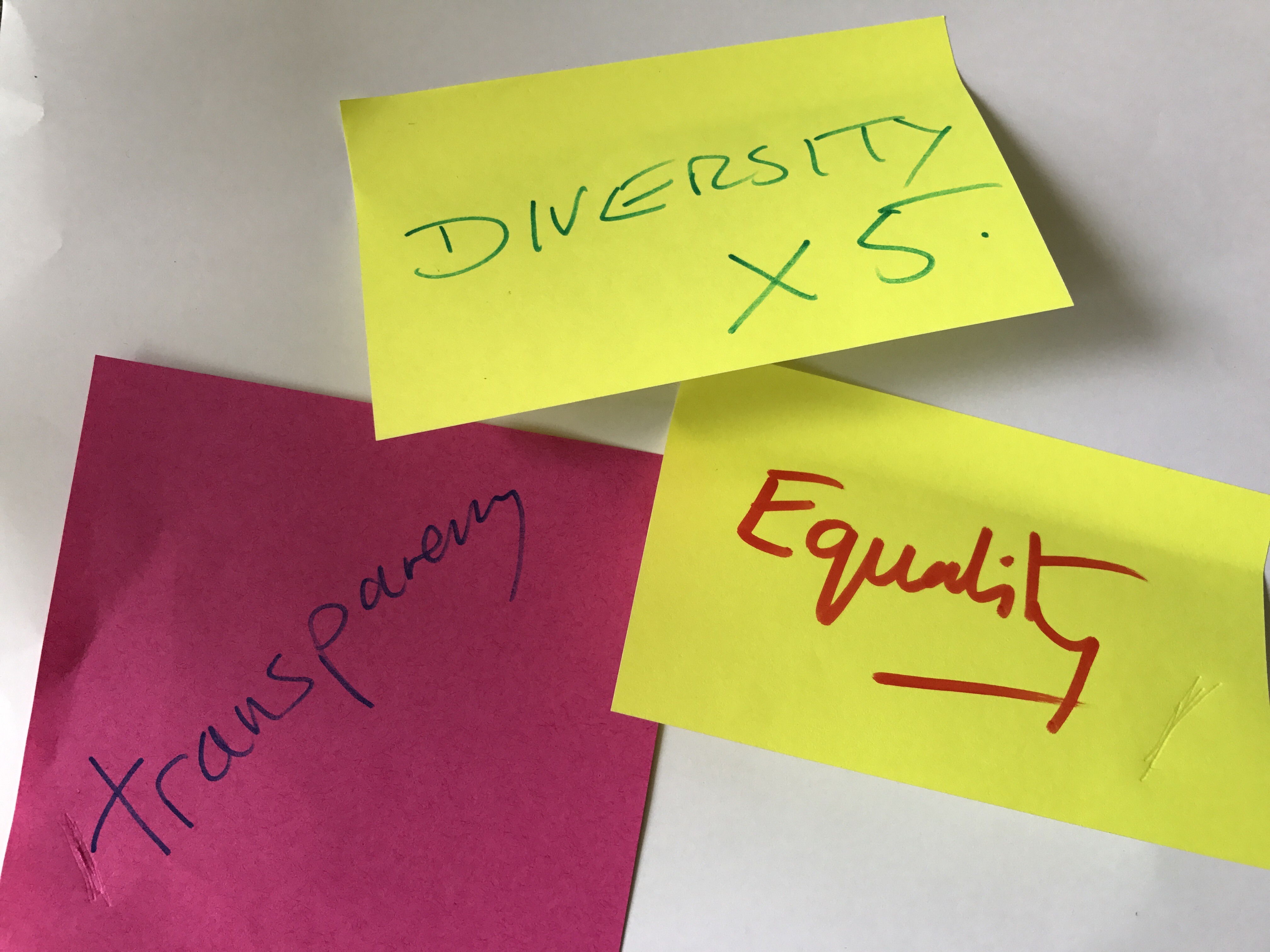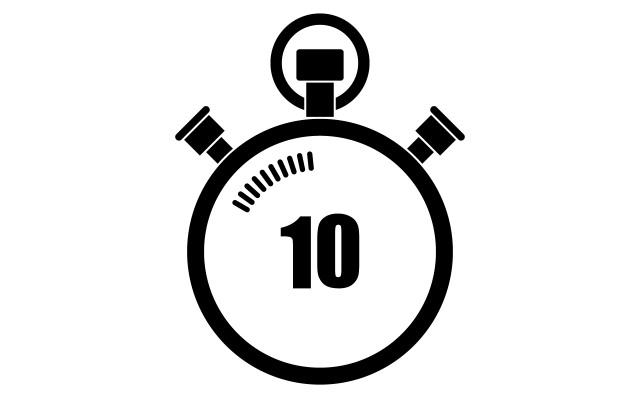How do you keep good people at a nonprofit organization?
 How do you keep good people at a nonprofit organization? With limited budgets and the reality of high turnover in our sector, what can you do to help keep great staff.
How do you keep good people at a nonprofit organization? With limited budgets and the reality of high turnover in our sector, what can you do to help keep great staff.
At hjc we have come up with 9 key deliverables from the company, to our staff:
1. Give them a professional development budget that THEY control. It’s about respect and autonomy when it comes to learning and improving. Every staff member gets $1,250 dollars (plus travel) to go to conferences; attend webinars; and purchase other training and books. It’s motivating and effective for us to give them complete control over their own personal PD budget.
2. Let their peers review, and guide, their yearly evaluations. There’s nothing more effective than having a 360 degree review of your own performance at your organization. Up to 5 colleagues are given an evaluation document that includes numeric scoring and open ended sections to evaluate their peer. When a staff person hears constructive criticism, they are more open and ready for improvement moving forward.
3. Let any evaluation of a staff person include them crafting a PERSONAL IMPROVEMENT addendum to their new contract. Once a year, staff receive their formal job evaluation and along with the peer reviews, the staff person works hard on a 10 point plan for growth and improvement. I’ve attached a sample of our growth and improvement plan. When someone crafts their own future, they are more committed to not only hit their goals but more likely to stay.
4. Give them more holidays than the norm. In North America, nonprofit organizations give the average number of holidays beyond statutory. We need to do better in high stress, terribly demanding jobs. That’s why we give 4 weeks paid holiday for everyone at the company. But global standards it’s low but by North American standards it’s high.
5. Let staff come up with ways to improve their working relationships as a team. Most improvements in how our company works, comes from the staff. Everyday, staff meet for a 5 to 10 minute ‘hjc cuddle’. It’s a super quick touch base for everyone and it keeps people connected and motivated – and staying with us longer.
6. Give them the technology, and culture, to work virtually and flexibly. The modern workplace is a more organic, and open place (figuratively and literally). We make sure that the company pays for people’s handheld devices and for monthly data fees. Staying connected makes people more productive but also feeling they are a part of the team – no matter where they are – and the company pays for that and proves we care about flexibility.
 7. Give staff flexibility to do the things essential in life. We know staff have a life outside of work. That means if they need to arrive late or leave a little early because of a personal appointment, or perhaps work from home now and then, we give them the option to do that. The work/life balance is made so much easier when they are not constrained by 9-5 hours. We find staff take advantage of this benefit but certainly don’t abuse it. And we know they stick around because of this benefit.
7. Give staff flexibility to do the things essential in life. We know staff have a life outside of work. That means if they need to arrive late or leave a little early because of a personal appointment, or perhaps work from home now and then, we give them the option to do that. The work/life balance is made so much easier when they are not constrained by 9-5 hours. We find staff take advantage of this benefit but certainly don’t abuse it. And we know they stick around because of this benefit.
8. Encourage a team atmosphere. We never miss a birthday or work anniversary, or just an opportunity to bond as a team. A rotating social chair takes care of social activities like birthday cakes, drinks after work and team bonding days. We want staff to feel like they have a work family – not just colleagues, so we emphasise special days and encourage out of work activities. It all adds up to a positive work atmosphere which leads to a more productive team.
9. Give people a chance to cross-train. In fundraising, integration is the big buzz word but there’s something terribly important in that word for retaining staff: giving people a chance to practice different areas of fundraising. For example, when you give an online fundraiser to learn more about direct mail, or telephone fundraising, or corporate giving, you’re giving them new experiences; keeping them engaged and out of the rut of routine. And you also give your clients a better rounded fundraiser to work with.



5 Comments
Pamela Grow · April 26, 2012 at 14:44
This is a phenomenal list for the savvy nonprofit organization! Too often we’re constrained by tradition, when opening our eyes to new methodologies will often result in happier, more productive employees – who stick around!
Angie K · April 26, 2012 at 15:59
Very relevant article. I would be interested to see the sample growth and improvement plan cited in item #3.
Carmen Clayton · April 26, 2012 at 18:15
Great ideas for all organizations to think about! I believe that valuing your employees creates reciprocity.
Jennifer Ott · April 27, 2012 at 18:21
I love this philosophy, and have long felt these practices were such obvious places to turn in addressing nonprofit employees’ concerns about low pay, no/poor benefits, long hours, staff morale, internal communication/transperency, a frequently frenzied pace AND fairly pathetic to so-so vacation and other time-off policies.
Why the $@&#% don’t more non-profit managers see its wisdom and change things accordingly–seriously? Burnout is brutal for anyone–and the resulting high turnover is a very expensive use of donor money [how’d ya like that surprise tidbit?].
P.S. I absolutely LOVE being in the fundraising and non-profit sector, and would work in none other; this is just healthy debate. I also realize some service orgs need 24-hr coverage, etc, and one size doesn’t fit all. But I’m just taking big picture at this point.
Mitch Hinz, WWF · May 2, 2012 at 05:57
Mike,
Can I come and work for you?
– Mitch